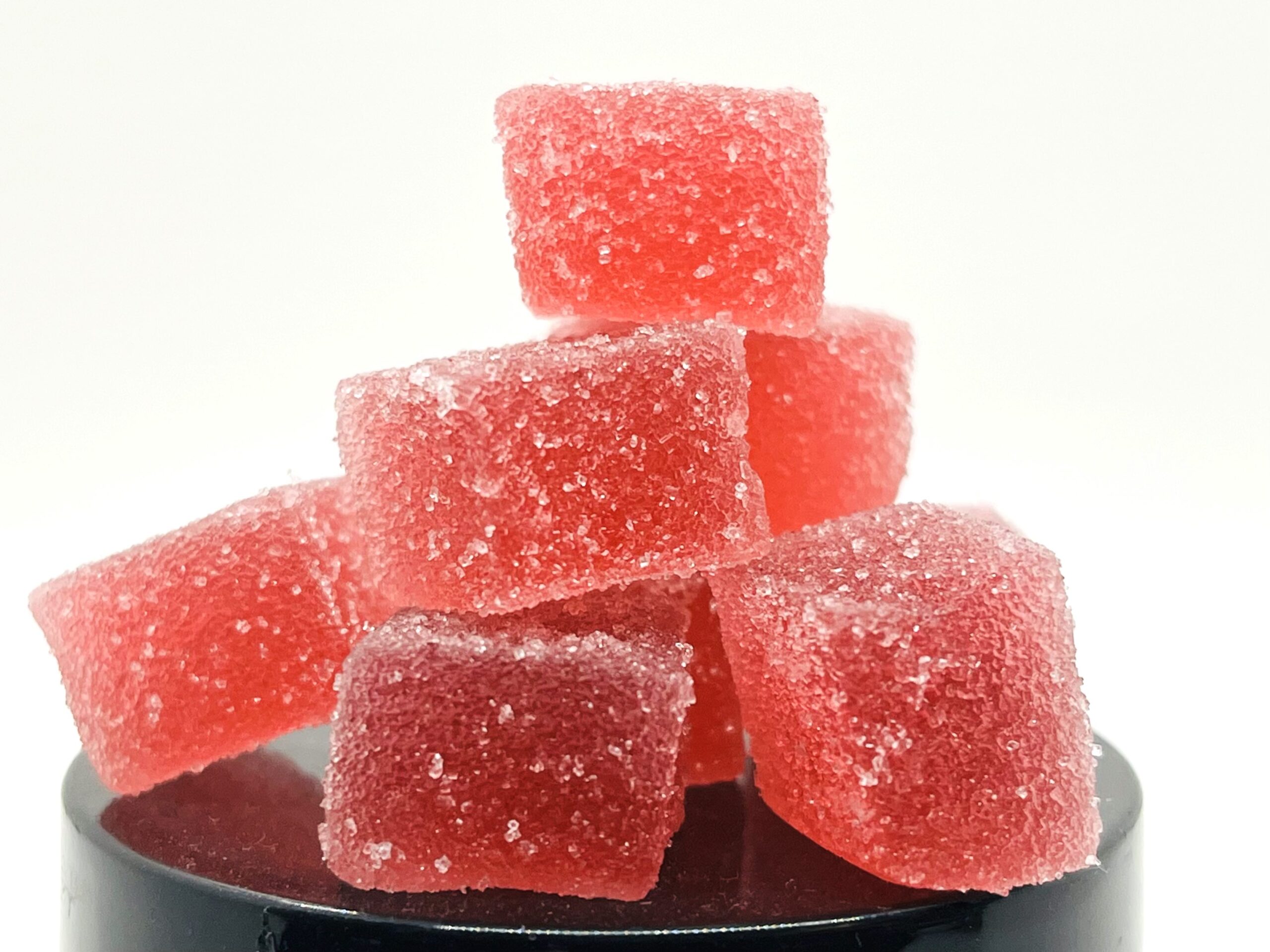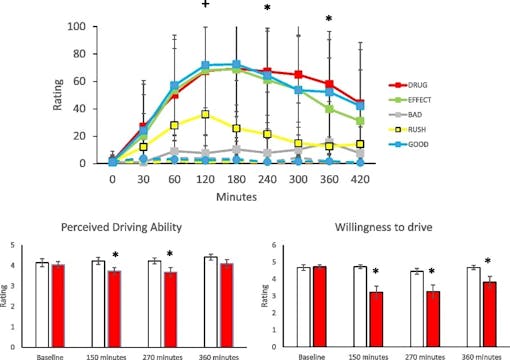
Study shows: Drivers under the influence of food stayed in the slow lane
A recent study found that drivers felt less motivated to drive and drove more slowly after consuming cannabis edibles. In addition, the study also found no statistically significant differences from sober controls when it came to measuring driving ability. And importantly, no link was found between impaired driving and THC blood levels.
This is important new data as legalization policies continue across America, where fears of drug-induced driving have long been a concern for critics. Florida will vote on legalization this fall.
The study, published in the Journal of Cannabis Research, is the first to examine the effects of cannabis edibles on driving – as opposed to smoking. This is important because cannabis edibles work differently. Although there are many studies that have examined the effects of inhaled cannabis on driving, these authors wanted to examine cannabis edibles because THC takes longer to take effect and feels different when eaten. Because cannabis edibles are a popular way to consume cannabis, it is important to understand how they may impact the safety of all road users.
Accidents involving drivers who had consumed food were so rare that the researchers could not even take this factor into account in their final analysis.
Complement to research on driving under the influence of drugs
Previous studies have found mild impairment when driving under the influence of cannabis – particularly an increase in driving back and forth. These effects tend to be more drastic in people who do not use cannabis regularly. In frequent users, impairment from cannabis is less than in people who use cannabis occasionally, likely due to the development of tolerance to the disorienting effects of cannabis.
Still, research suggests that, unlike alcohol, cannabis leads to less risk-taking behavior, slower speeds, and less confidence in one's driving abilities – which may reduce the overall impact of impairment. This may be why some evidence suggests that passing laws on recreational cannabis use does not increase traffic fatalities.
Related
Study: Legal cannabis has not increased fatal car accidents
Does the performance of drivers who consume food differ?
To study how cannabis edibles affect driving, researchers created an experimental design in which participants consumed their favorite foods and then tried a driving simulator. These foods varied from person to person and included gummy bears, chocolate, cookies, and brownies, with an average dose of 7.3 milligrams of THC—a fairly normal amount. Researchers also measured blood THC levels and rated participants' feelings after consuming their edibles.
The study was conducted in Toronto, Canada, and included 22 people aged 19 to 74 with valid driver's licenses. Participants abstained from using cannabis for 72 hours before the experiment. Researchers measured baseline THC levels and ensured that no other psychoactive drugs or alcohol had been consumed before the driving test.
To add some control to the experiment, the researchers had participants complete a practice session on the simulator. They then conducted test sessions in which participants were given either their selected food or a cannabis-free placebo food 120 minutes before the simulated drive. Drivers completed their tests 120, 240 and 360 minutes after ingesting the food.
Shop at highly rated pharmacies near you
We show you pharmacies near Council Bluffs, IA
Show all pharmacies
During these simulations, researchers measured back and forth between lanes, speed, how much speed fluctuated, braking, and the number of collisions. After each drive, participants were surveyed on how well they felt and how well they thought the car handled.
Study finds that edibles do not impair driving ability
After analyzing the results, researchers found that consuming cannabis edibles resulted in slower driving speeds after two hours—but this effect disappeared after four hours. Still, they found no differences between control subjects and edible consumers when it came to lane changes, braking reaction times, or speed fluctuations—even when researchers got drivers to check their phones or radios. Drivers who consumed edibles had so few collisions that researchers couldn't even account for this factor in their final analysis.
Interestingly, they also found no connection between THC levels in the blood and driving ability.
Despite driving safely, the stoned drivers reported feeling stoned. They reported altered subjective experience for 7 hours and a lower willingness to drive for 6 hours after consuming their edibles. They also reported less confidence in their driving ability – they rated their own driving performance lower 150 to 270 minutes after consuming cannabis.

Limitations and future research directions
While this study was an important step in assessing the effects of edibles, it did have limitations. Importantly, it was a very small study with a sample size of only 22 people. Most participants were white and male, which limits the generalizability of these results to everyone. It also did not include data or analysis on weight, which could affect the absorption of THC when taken as an edible.
This was also not a blinded study – which would be ideal. Participants brought their preferred food with them, so they likely knew whether they were getting a placebo or their food. This could skew the results due to the placebo effect.
Related
Are you traveling with grass? Here are some tips for the 2024 season
Future studies should focus on replicating these results using a double-blind approach and a larger, more representative group of participants.
Although this study did not find major driving impairments from edibles, that does not mean it is safe to drive while under the influence of cannabis. Larger and more thorough studies are needed to confirm these findings. And it is certainly notable that participants themselves did not feel safe while driving. Until we have more conclusive evidence, it is best to play it safe (and legal) and avoid driving under the influence! Take public transportation or a rideshare, and if you do drive, give the car your full attention and avoid distractions and speeding.

Post a comment: